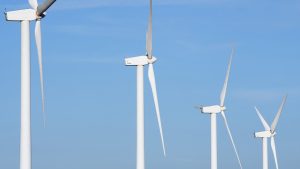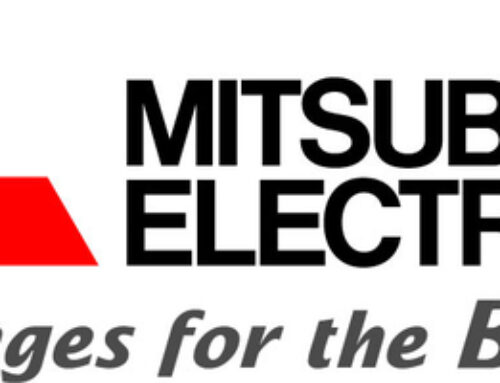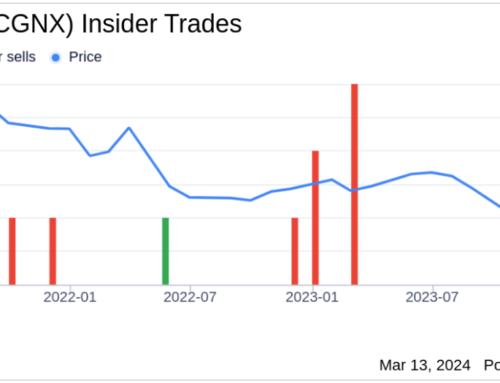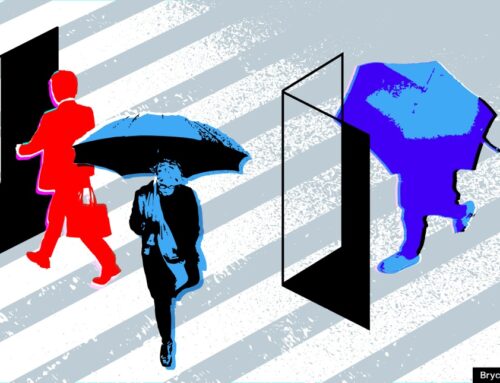New technology developed by the University of Birmingham is set to overcome forced vibrations and grid frequency events that can cause disruption across the power grid.
As the transition to renewable energy takes shape, the installation of wind farms is rapidly increasing worldwide.
However, two technical issues remain: power system frequency control and forced oscillation. These issues can cause widespread disruption throughout the power grid.
Professor Xiaoping Zhang, Head of the Department of Power Systems at Birmingham's School of Electronics, Electrical and Systems Engineering, has developed a new technology to overcome these challenges.
What causes grid frequency events?
Grid frequency events are caused by changes in demand and supply.
When demand exceeds supply, the frequency drops to the lowest frequency. The frequency experiences her second drop before recovering to a stable grid state.
The grid stabilization process may be prolonged, resulting in a loss of efficiency and revenue for operators.
A new way to settle the power grid
The new method speeds grid recovery, eliminates the risk of a second frequency drop, and minimizes wind power losses.
This technology was developed for use in variable speed wind turbine systems. These systems have emerged as the dominant type of wind turbine system.
The system operates in maximum power point tracking mode to extract the maximum amount of energy. If the frequency deviates from its normal value, it will not adjust the active power to support the power grid.
Easy integration into existing wind turbine systems
The new method consists of a control system. This was simulated in his six scenarios with different wind speeds and wind power penetration levels.
Simulations show that the system prevents primary frequency dips and increases the frequency to a high level close to the settling frequency within 20 seconds, eliminating the risk of secondary frequency dips.
The system can be easily integrated into existing wind turbine control systems. It also has a non-communications-based central design, so it does not require links to other turbines or the power grid to function.

Problems with forced vibrations in power grids
The second technique addresses the problem of forced oscillations, which occur when external disturbances cause oscillations that are close to or equal to the natural oscillations of the power system.
In wind farms, forced vibrations can be caused by wind shear, wind turbulence, and the wake of upstream turbines. Power output may be reduced and equipment may be damaged.
If left unchecked, they can spread to the power grid and have far-reaching and devastating consequences.
In power grids, equipment failures can cause forced vibrations that can be severe even thousands of miles away from the source.
Suppression and isolation of forced vibration
Professor Zhang has devised a control system that can be implemented in wind turbine systems that can suppress and isolate forced vibrations generated by the power grid.
The system emits and absorbs forces that are opposite to the oscillating power. This was demonstrated through simulations with constant or varying wind speeds and varying locations of wind farms.
Simulations showed that the system helps suppress forced vibrations and dampen inherent natural vibrations.
Professor Zhang said: “As the penetration rate of renewable energy generation approaches 100%, leveraging the future controllability of wind turbines becomes inevitable.
“These two technologies will take full advantage of this potential, benefiting both grid and wind farm operators and ultimately energy users who require an uninterrupted energy supply. It brings significant added value to wind turbines and the power grid.”





